January is Get Organized month, so I thought I’d share some techniques that have helped me get organized around the house and in my office.
Every person faces a problem with organization at one point or another. There are a ton of techniques and methods for organization that you can choose from. This is a summary of just three distinct methods of organizing your space, both at work (or home office) and at home.
- “Getting Things Done, The Art of Stress-Free Productivity” by David Allen
- KonMari Method as explained in “The Life-Changing Magic of Tidying Up” by Marie Kondo
- The Four Bin Method
These methods are only a few in a sea to choose from. If they do not resonate with you, do some research and find a method that does. If you’d like help organizing and standardizing your electronic files (i.e. emails, documents, photos, etc.), Servoss Virtual Services can help! Contact us for a Free consultation.
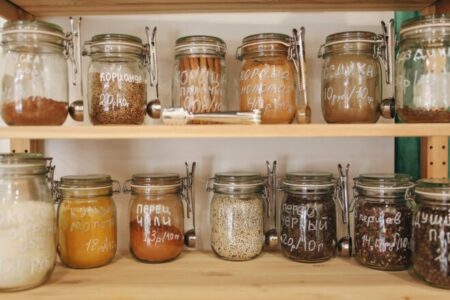
Getting Things Done (GTD)
GTD is a productivity method that was created by David Allen, which he first published in 2001. According to an article on www.lifehacker.com titled “Productivity 101: A Primer of the Getting Things Done (GTD) Philosophy” by Alan Henry, the goal of this method is to “spend less time on things you have to do so you have more time for things you want to do.”
The Steps of the Getting Things Done Method:
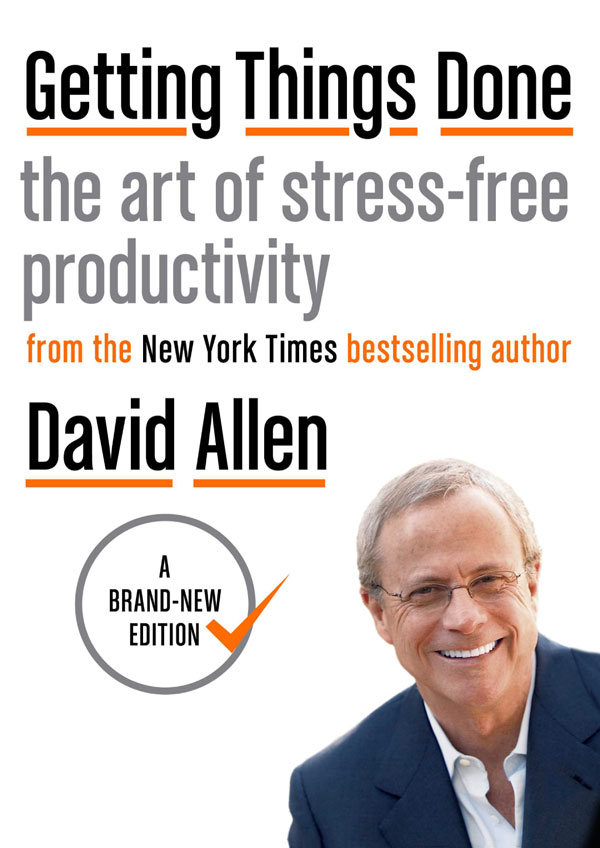
1. Capture
For everything you gathered in Step 1, ask “is this actionable?” If the answer is no, then toss, file or delegate the item. If yes, and the action will take 2 minutes or less, do it!
Collect what has your attention, such as to-dos, projects, and things that need handling.
2. Clarify
3. Organize
For those items that will take longer than 2 minutes to accomplish, place them where they belong for easy retrieval. Use a list system to note what actions need to be taken (i.e. emails to send, calls to make, errands, etc.)
4. Reflect
Review the lists frequently to be reminded what needs to be done.
5. Engage
Act with confidence.
KonMari Method
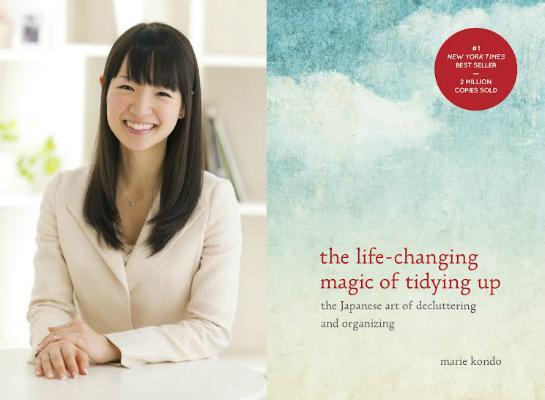
Created by Marie Kondo and explained by her book, “The Life-Changing Magic of Tidying Up,” this method was all the rage a few years ago with the Netflix show “Tidying Up.” This method places great importance on mindfulness, introspection and looking forward.
Marie Kondo stated in an interview on www.abcnews.go.com that it is “hard to let go because people associate their identity with their possessions.” Her method allows people to keep only those items that spark joy, and to let go of the items that no longer bring joy after thanking them for their service.
Marie’s Rules of Tidying
1. Commit to Tidying Up
Set aside time to focus on tidying
2. Imagine your Ideal Lifestyle
Identify the life you want after tidying up. Do you want a more minimalist lifestyle? Do you want more space to get more things?
3. Finish Discarding First
Remove items that need to be discarded. Do not just store items; get rid of them by recycling, donating or tossing them immediately.
4. Tidy by Category, not Location
Gather the same types of items from all the different locations around the house or office (i.e. all magazines or books from the various places they were dropped). When I did this, I found that I had two of the exact same books!
5. Follow the Right Order
Clothes, books, papers, miscellaneous, then sentimental items.
Tidying in this order allows you to practice and perfect your technique as you get closer to cleaning out sentimental items. You will be less likely to waste time reminiscing. It is very difficult to let go of some items because they become part of your identity, even if you no longer use them.

6. Ask Yourself if Each Item Sparks Joy
Pick up each item and ask yourself if that item sparks joy. If it does not, thank the item for its service and place it in the discard (donate, sell, or toss) pile. If it does spark joy, place the item in the keep pile to be stored neatly later. Remember that you are deciding what to keep, not what to discard.
Using this method at Work
In a www.cnbc.com article titled “Marie Kondo: How to Organize Your Workspace to be Happier and More Productive,” Marie explains that an organized office space results in increased productivity. Offices often have a lot of paper that has “finished their duty” and can be discarded, either immediately or after digitizing.
Rather than asking if each item sparks joy, in the workspace, ask if each item contributes to you feeling more positive, and to your efficiency. Again, thank items for their service before discarding. Using the KonMari Method at work “requires a comprehensive review of your priorities,” which is where the magic happens.
“The best way to find out what we really need is to get rid of what we don’t.”
Marie Kondo
4 Bin Method
This process has been around for many years and is summarized by Sarah Aguirre in the article, “Conquering Clutter with the 4-Container Method” on www.thespruce.com.
To declutter using this method, you will need 4 containers:
1. Trash
For items you do not want and those that are not worth donating.
2. Donate/Sell
For items that you do not need, but someone else may. This should be the largest container.
3. Storage
Items that you cannot part with, but you do not need regularly.
4. Keep
This should be the smallest category containing items that you regularly use.
The process for this decluttering method is to sort items into the appropriate container room by room.
Go through each storage space, closet, dresser, cabinet, etc. and sort the items in each location within the room. Do not stop until that room is completed.
Throw out trash immediately, place items for donation in the garage or other location to be delivered. Store the items in the storage container where they are out of the way yet accessible immediately upon completing each room.
Each item that will be kept should be given a home quickly and placed there when not in use.
Things to remember
- Taking photos of sentimental items will take up less space.
- Discard, donate, or sell clothing that does not fit, even if it is a size you used to wear, and plan to be able to wear it again. The clothes are taking up space that you could use for something you wear now, not someday in the future when you lose the weight.
Don’t keep items just because you “might need it someday.” Keeping only those items that you use now will free up space for other possessions.
Choosing a Method
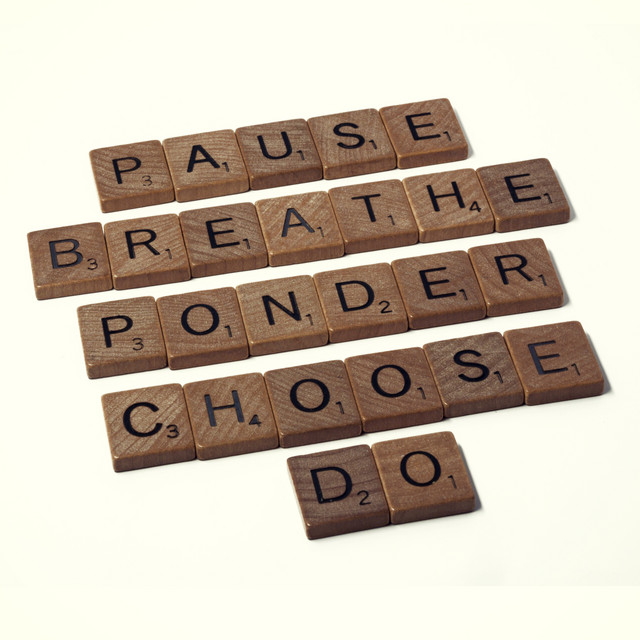
There is not one method that is right for everyone. Each person must choose the system that works best for them. There is also nothing that says you can’t try more than one method.
Goals of a good system
• Easy to Store
• Easy to Find
• Reusable
Creating a Habit of Organization
So, you’ve chosen a method, gone through your home or office, and organized and decluttered everything. Wonderful! You feel really good; you’re proud of your space and you look forward to being productive. But how do you keep that space organized in the future?
Create a Habit of Organization!
Here are the steps to forming a new habit, as noted in the articles, “7 Steps to Developing a New Habit” on briantracy.com and “How to Form a New Habit (in 8 Easy Steps)” on developgoodhabits.com:
1. Decide what you want to do and strategize on how to reach those goals. Work on one habit at a time.
2. Be mindful of your choices. If you want to form a new daily habit, commit to doing that task every day for 21-30 days. Studies have shown that doing something for at least 21 days helps to ingrain that task into your mind so it becomes second nature.
3. Resist temptations and stay on course. Take small steps, increasing them as you become more familiar. prepare for possible obstacles. These stumbling blocks can include time, pain, weather, space, self-consciousness, and costs. When you know what obstacles may arise, you can better prepare to overcome them.
4. Create accountability by telling others about your goals. You’re more likely to follow through on goals if you know others are watching.
5. Reward milestones. Do not forget to celebrate your accomplishments, even the small ones! Positive reinforcement is a great way to remember things.
The methods listed above are by no means comprehensive. There are hundreds of styles to choose from! This is but three popular methods right now.
Each of these styles requires you to
- Set goals
- Commit to the organization of your space
- Be mindful of your habits
- Take action
I hope this helps you decide what you need to do to become more organized, productive, and happy at home and at work. Servoss Virtual Services is here to help with electronic files, if you want to organize your digital life. Schedule a call today.
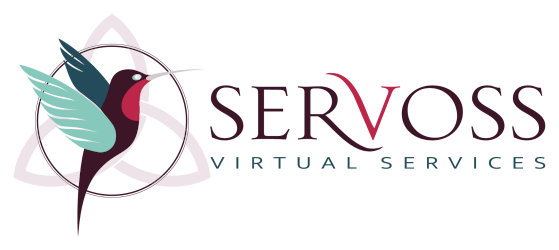
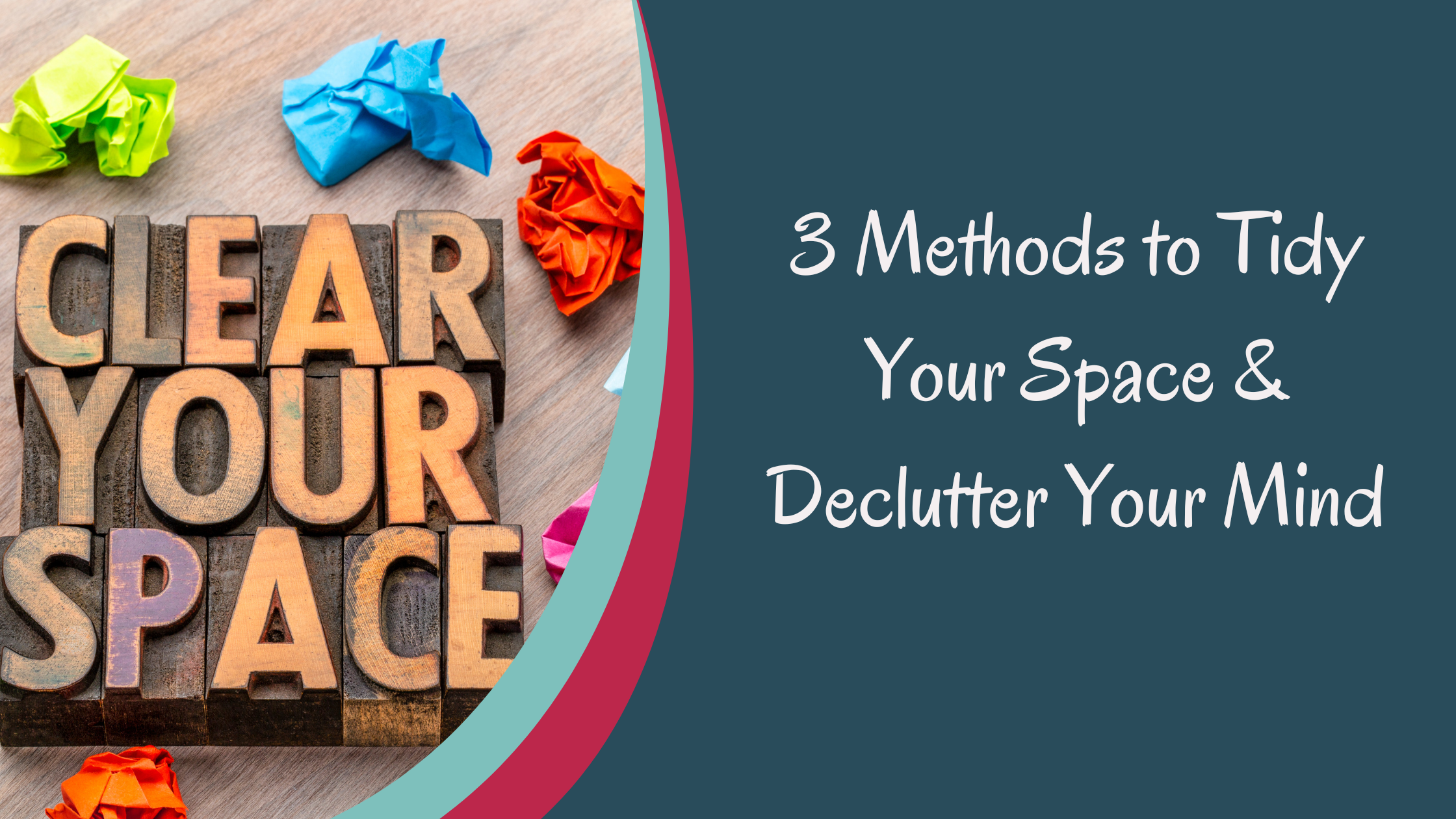
No responses yet